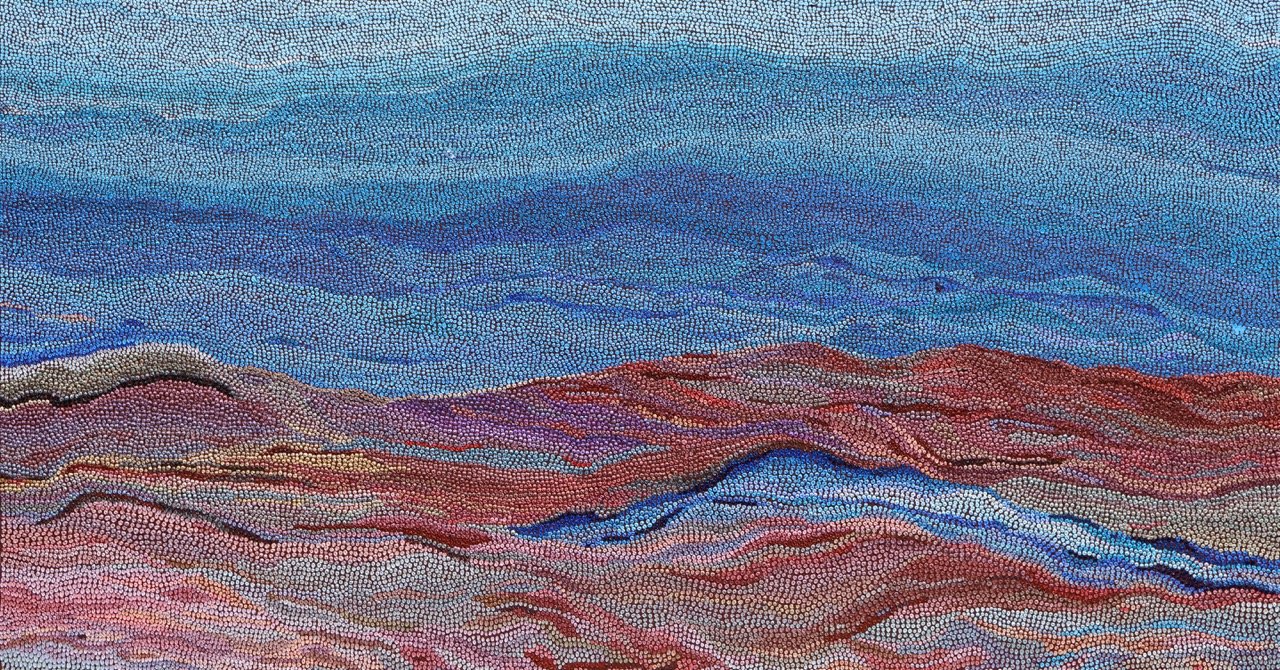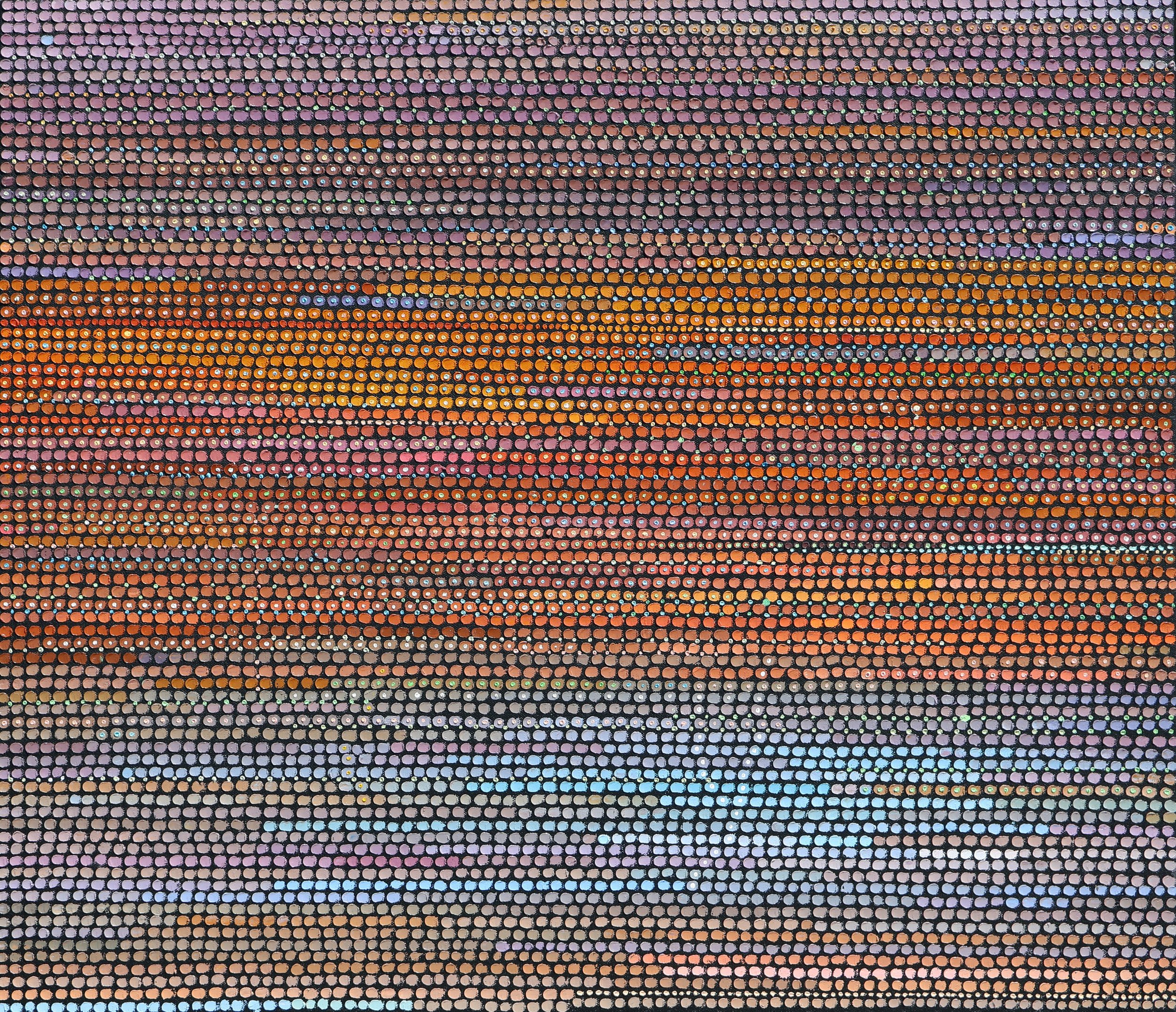
LAURA CASTRO
PINTA LIMA | CASA PRADO | APRIL 24 - 27 | SECTION NEXT, BOOTH N5
ALA Projects is proud to present a solo showcase of Dominican artist Laura Castro at Pinta Lima 2025, Booth N5.
In Laura Castro’s practice, landscape painting becomes a tool for grounding and political imagination—one that allows her to deepen a personal relationship with her place of origin, beyond the nationalist and patriarchal constructions of Dominican identity that she doesn’t identify with. For some time now, she has been developing various pictorial languages in parallel as a way to remain true to her heterogeneous roots and to celebrate her brownness. Painting, for Castro, is a space for memory and the reconstruction of relationships interrupted and erased by colonialism.
Her work emerges from a sensitive engagement with the non-human and her immediate territory, giving way to a deeply intuitive process in which memory plays a central role. The Río Rojo series exemplifies her exploration of both interior and exterior landscapes, functioning as a complex, opaque, and deeply embodied search for identity. Castro works with the memory of matter—which is alive—and is drawn to essential organic textures such as earth and blood. These materials speak not only to the sensory and visceral but also to fundamental and opaque relationships: affective and territorial bonds marked by what is diffuse, unspoken, or by the impossibility of full belonging. In her work, landscape becomes an emotional cartography where love and uprootedness intersect, where the desire to belong coexists with the impossibility of fully doing so—a constant tension between memory, identity, and territory.
In her Río rojo series, Castro employs a technique of precise, layered mark-making using oil and pigment on linen to create delicate, stratified compositions. At first glance austere, these pieces unfold into richly textured terrains that evoke maps, scars, or oceanic routes—fragments of a body or a landscape in motion. The labor-intensive nature of her gesture becomes a meditative act that echoes the movements of memory: remembering, forgetting, and reconfiguring one’s sense of place and self.
In works like Borramiento and Suelos, Castro explores more fragmented and gestural compositions, where abstraction coexists with recognizable organic forms. Amorphous fragments of leaves, palms, fauna, or floating figures evoke a dismembered land, traversed by uprootedness. Far from a predetermined plan, the artist uses materials found in her surroundings—pencil erasers, bleach, ink, and other discarded matter—and subjects the canvas to processes of deterioration such as sanding or bleaching. In Borramiento and Suelos, for instance, Castro uses bleach as a blind agent that discolors the fabric, creating unpredictable forms that allude to the literal and symbolic erasure of former ties to the land interrupted by colonialism. These material gestures—marked by violence but also by the pursuit of healing—propose an attempt to reconnect, from her situated experience.







